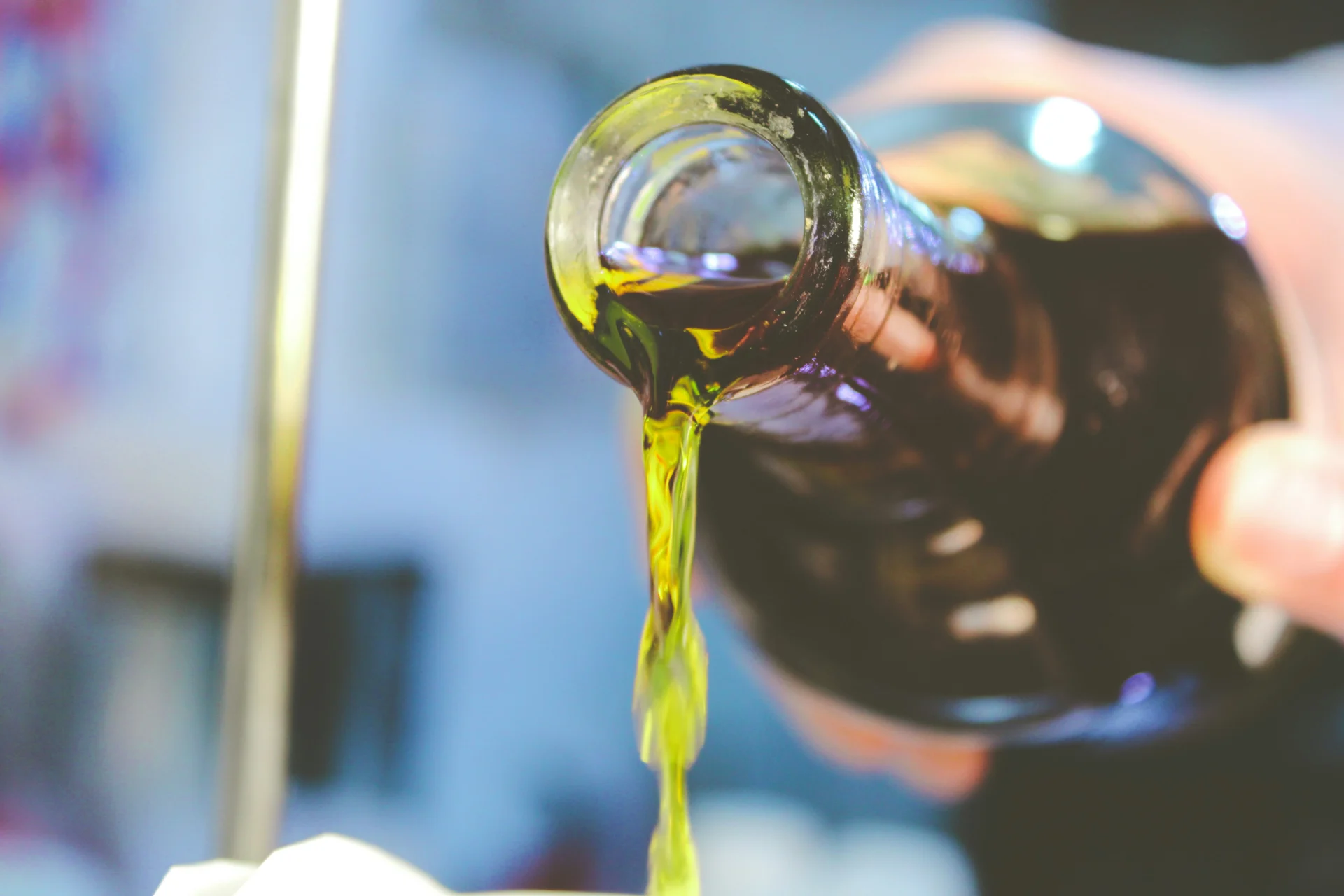Pargyline is a medication that is primarily used as an antidepressant and antihypertensive agent. While it may not be a household name for many individuals, its relevance lies in its ability to effectively treat conditions such as depression and high blood pressure. By helping to regulate mood and blood pressure levels, Pargyline can have a significant impact on improving everyday quality of life for those who suffer from these conditions. Its therapeutic benefits underscore the importance of pharmaceutical advancements in addressing common health issues that affect individuals in their daily lives.
Table of Contents:
- 💡 Commercial Applications
- ⚗️ Chemical & Physical Properties
- 🏭 Production & Procurement
- ⚠️ Safety Considerations
- 🔬 Potential Research Directions
- 🧪 Related Compounds
💡 Commercial Applications
Pargyline, a monoamine oxidase inhibitor (MAOI), has limited commercial and industrial applications due to its primary use as a pharmaceutical agent. However, it has been studied for its potential use in treating neurodegenerative diseases and psychiatric disorders, which could have commercial implications in the future.
In the realm of drug and medication applications, pargyline is primarily used in the treatment of Parkinson’s disease. By inhibiting the enzyme monoamine oxidase, pargyline helps to increase the levels of dopamine in the brain, thereby improving symptoms of Parkinson’s such as tremors and muscle stiffness.
Pargyline’s ability to inhibit monoamine oxidase also makes it a potentially useful medication for treating depression. By preventing the breakdown of monoamine neurotransmitters like serotonin, norepinephrine, and dopamine, pargyline can help to elevate mood and alleviate symptoms of depression. However, due to the risk of interactions with other medications and dietary restrictions, its use in this capacity is limited and requires careful monitoring.
⚗️ Chemical & Physical Properties
Pargyline is a white solid with a faint odor. It is a crystalline powder that may have a slightly bitter taste. The odor of pargyline is not typically strong or noticeable at room temperature.
Pargyline has a molar mass of 165.23 g/mol and a density of 1.173 g/cm^3. Compared to common food items, pargyline has a higher molar mass and density. For example, water has a molar mass of 18.015 g/mol and a density of 1.00 g/cm^3.
The melting point of pargyline is approximately 220-225°C, while the boiling point is around 468°C. In comparison to common food items, pargyline has a higher melting point and boiling point. For example, sugar melts at 186°C and boils at 1,613°C.
Pargyline is sparingly soluble in water and has a low viscosity. Compared to common food items, pargyline has lower solubility in water and lower viscosity. For example, sugar is highly soluble in water, and honey has a much higher viscosity than pargyline.
🏭 Production & Procurement
Pargyline, a monoamine oxidase inhibitor, is produced synthetically through a series of chemical reactions in a controlled laboratory setting. The key starting material for its synthesis is benzyl chloride, from which various intermediates are created to eventually form Pargyline.
Pargyline can be procured through licensed pharmaceutical companies that produce and distribute this medication to healthcare providers and pharmacies. It is typically transported in a secure and controlled manner to ensure its stability and quality during transit. The packaging and labeling of Pargyline must adhere to regulatory standards to facilitate its safe handling and administration.
The procurement of Pargyline involves regulatory compliance with laws and guidelines governing the distribution of pharmaceuticals. Quality control measures are implemented to verify the purity and potency of each batch of Pargyline. Proper storage conditions are maintained to preserve the integrity of the medication until it reaches its prescribed destination.
⚠️ Safety Considerations
Safety considerations for Pargyline include its potential to cause irritation to the respiratory system, skin, and eyes upon contact. It is important to handle this substance with caution and use appropriate personal protective equipment such as gloves, goggles, and a lab coat to prevent any accidental exposure. Additionally, Pargyline should be stored in a cool, dry place away from direct sunlight and heat sources to prevent deterioration of the substance.
Hazard statements for Pargyline include its ability to cause skin and eye irritation upon contact. It may also be harmful if swallowed or inhaled, leading to potential respiratory irritation. Pargyline should be handled with care to avoid any potential health hazards associated with its use, and proper safety measures must be taken to mitigate any risks involved in working with this substance.
Precautionary statements for Pargyline include avoiding direct contact with skin, eyes, and clothing when handling the substance. In case of skin or eye contact, rinse thoroughly with water for several minutes and seek medical attention if irritation persists. It is also important to work with Pargyline in a well-ventilated area to prevent inhalation of vapors and to wear appropriate respiratory protection if necessary. Proper disposal methods should be followed to prevent environmental contamination and harm to aquatic life.
🔬 Potential Research Directions
One potential research direction for Pargyline is its therapeutic effects in various neurological and psychiatric disorders, such as Parkinson’s disease and depression. Studies have shown that Pargyline may have neuroprotective properties and enhance the effectiveness of certain medications used in the treatment of these conditions.
Another area of interest is the potential use of Pargyline as a tool in studying the role of monoamine oxidase inhibitors (MAOIs) in modulating neurotransmitter systems. By investigating the mechanisms of action of Pargyline, researchers can gain insights into the functioning of the monoaminergic system and its implications for neuropsychiatric disorders.
Furthermore, given Pargyline’s ability to inhibit MAO enzymes, there is a need for further research on its potential interactions with other drugs and its safety profile. Understanding the pharmacokinetics and pharmacodynamics of Pargyline is essential for optimizing its therapeutic use and minimizing adverse effects in patients.
🧪 Related Compounds
One similar compound to Pargyline based upon molecular structure is Selegiline. Selegiline is a drug that is used primarily for the treatment of Parkinson’s disease. It is structurally similar to Pargyline in that both compounds are monoamine oxidase inhibitors. Selegiline works by increasing levels of dopamine in the brain, thereby helping to alleviate symptoms of Parkinson’s disease.
Another compound similar to Pargyline is Moclobemide. Moclobemide is a reversible and selective inhibitor of monoamine oxidase type A. Like Pargyline, Moclobemide is used in the treatment of depression and anxiety disorders. It works by increasing levels of neurotransmitters such as serotonin, dopamine, and norepinephrine in the brain, leading to improvements in mood and overall mental well-being.
A third compound that shares similarities with Pargyline is Rasagiline. Rasagiline is a selective irreversible inhibitor of monoamine oxidase type B. It is used in the treatment of Parkinson’s disease and works by increasing dopamine levels in the brain. Rasagiline is structurally related to Pargyline, as both compounds target monoamine oxidase enzymes to modulate neurotransmitter levels in the brain.








